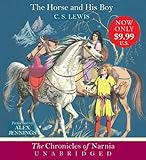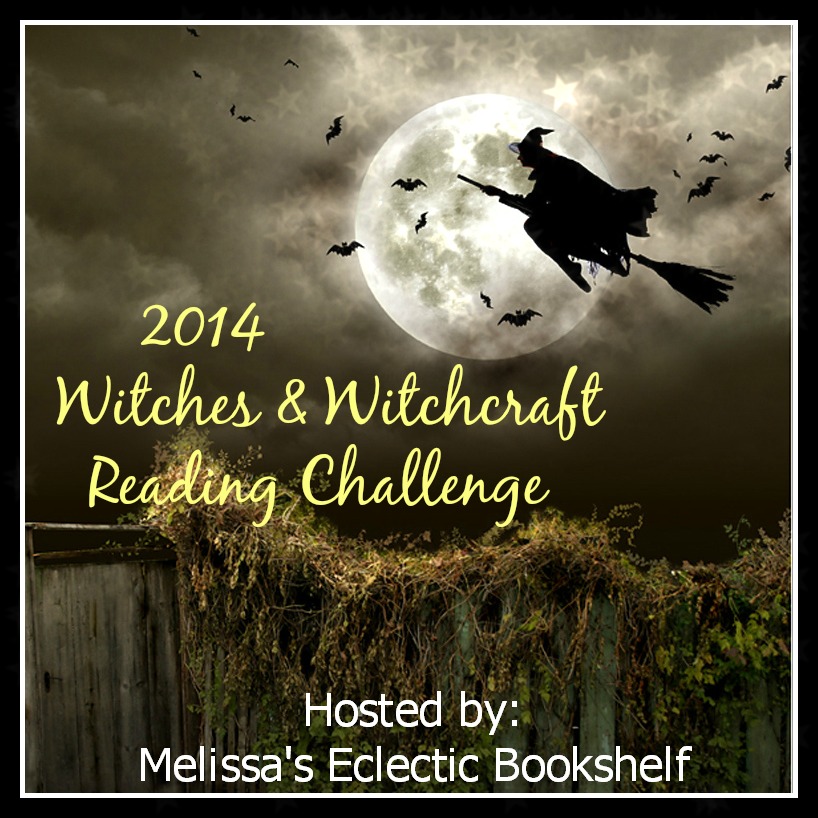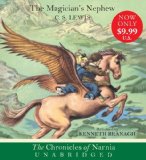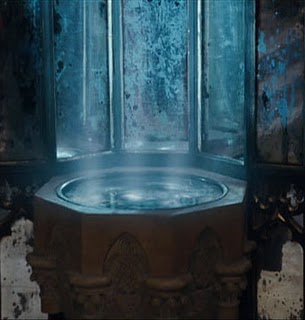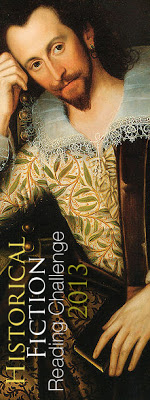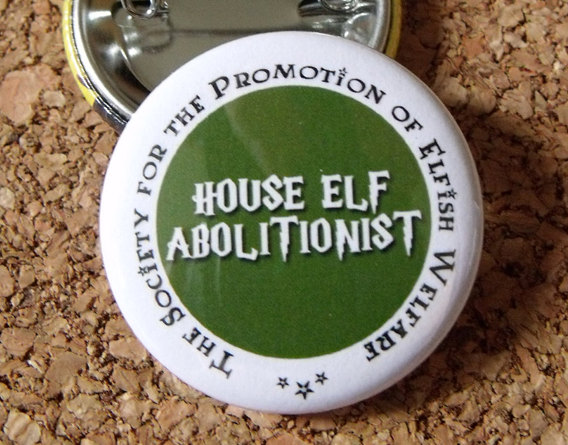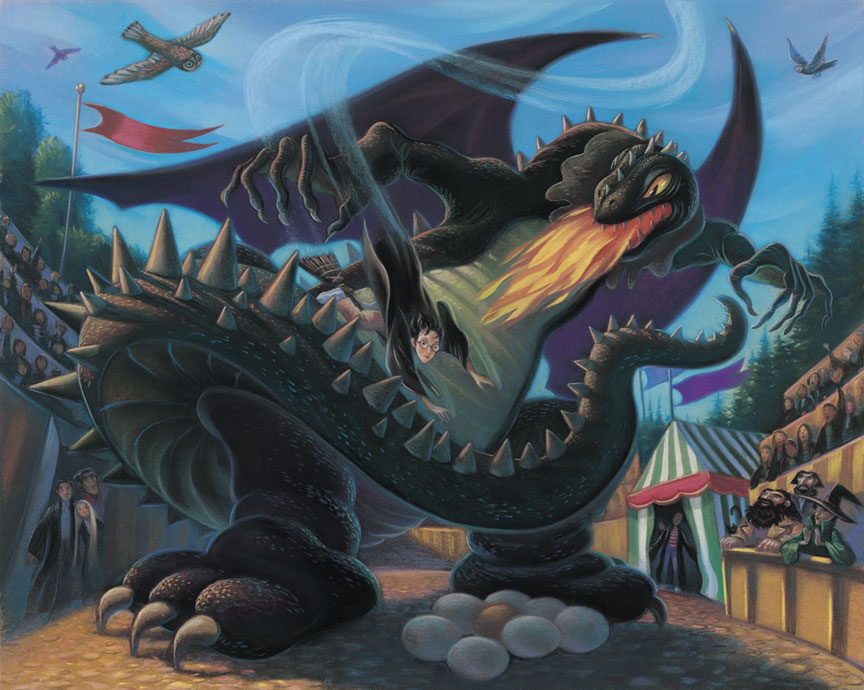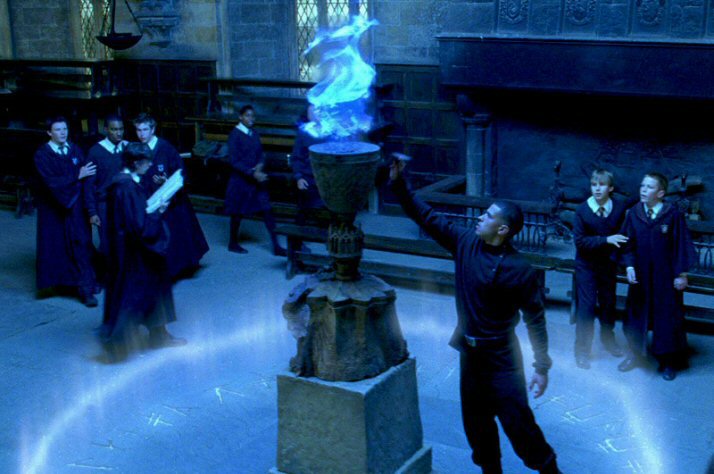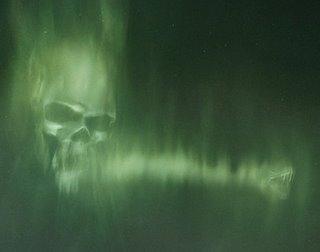 I finished listening to C. S. Lewis’s Prince Caspian over the weekend, and I haven’t had a chance to do my review yet.
I finished listening to C. S. Lewis’s Prince Caspian over the weekend, and I haven’t had a chance to do my review yet.
Prince Caspian takes place one Earth year after the Pevensie siblings—Peter, Susan, Edmund, and Lucy—have returned from Narnia through the wardrobe. They are at the train station preparing to go off to school, when they are suddenly whisked back to Narnia. It takes them some time to realize where they are because everything has changed. While they have been gone, hundreds of years have passed in Narnia, and they discover they have been summoned because Narnia once again has great need of their services. Prince Caspian, rightful king of Narnia, has had his power usurped by his evil Uncle Miraz, and he can’t defeat his uncle alone.
Each of the novels in this audio book series is narrated by a different great British actor. I found Kenneth Branagh’s reading of The Magician’s Nephew utterly charming, while Michael York’s reading of The Lion, the Witch and the Wardrobe a bit spottier. Alex Jennings’s read of The Horse and His Boy was also good. Lynn Redgrave’s reading of Prince Caspian is excellent. She did a masterful job capturing the characters’ voices and using different types of accents. She managed to inject the patronizing tone of older siblings into Peter and Susan, and her characterization of the dwarfs Trumpkin and Nikabrik made me glad whenever they took the “stage.” I also particularly enjoyed her characterization of Doctor Cornelius, Reepicheep, and Trufflehunter. It looks like she has narrated a few other audio books, so I have to recommend her highly. What a shame she is no longer with us.
Of the four Chronicles of Narnia books I’ve read or re-read this year, I would say Prince Caspian comes in a strong second after The Lion, the Witch and the Wardrobe. The Pevensies strike me as similar to King Arthur: they will come when Narnia has great need of them, and the device of Susan’s horn to call them was clever (and somewhat evocative of other myths). I really loved some of the minor characters in this one. Caspian is likeable, but Trumpkin, Reepicheep, Trufflehunter, and Doctor Cornelius are loveable. I like the idea that Narnian time passes at a different rate. I wonder if I can say this, though, without making someone angry: I just don’t like Aslan. He’s not bad, he’s just so heavy-handed a symbol. I realize it would wreck Lewis’s Jesus allegory if he removed Aslan from the stories, but I would find them more interesting if they had to figure out how to defeat the enemies without him as a deus ex machina. I also don’t find his personality particularly compelling. I understand his role in the stories, but he just doesn’t interest me as much as the children do. I suppose that if he is supposed to represent Jesus, then I’m not really sure I like this particular characterization of Jesus. Jesus struck me as less judgey and more gentle. I know he overturned the moneychangers’ tables at the Temple, but I mean on the whole. Aslan is forgiving, too; I’m doing a sloppy job putting my finger on their differences. Suffice it to say that I don’t find him as much fun as the other characters.
In all, this was a very enjoyable reading. I know I’m liking an audio book when I find excuses to wash the dishes so I can listen to a book while I do it. I mean, that’s just crazy, right?
Book Rating: 




Audio Rating: 




